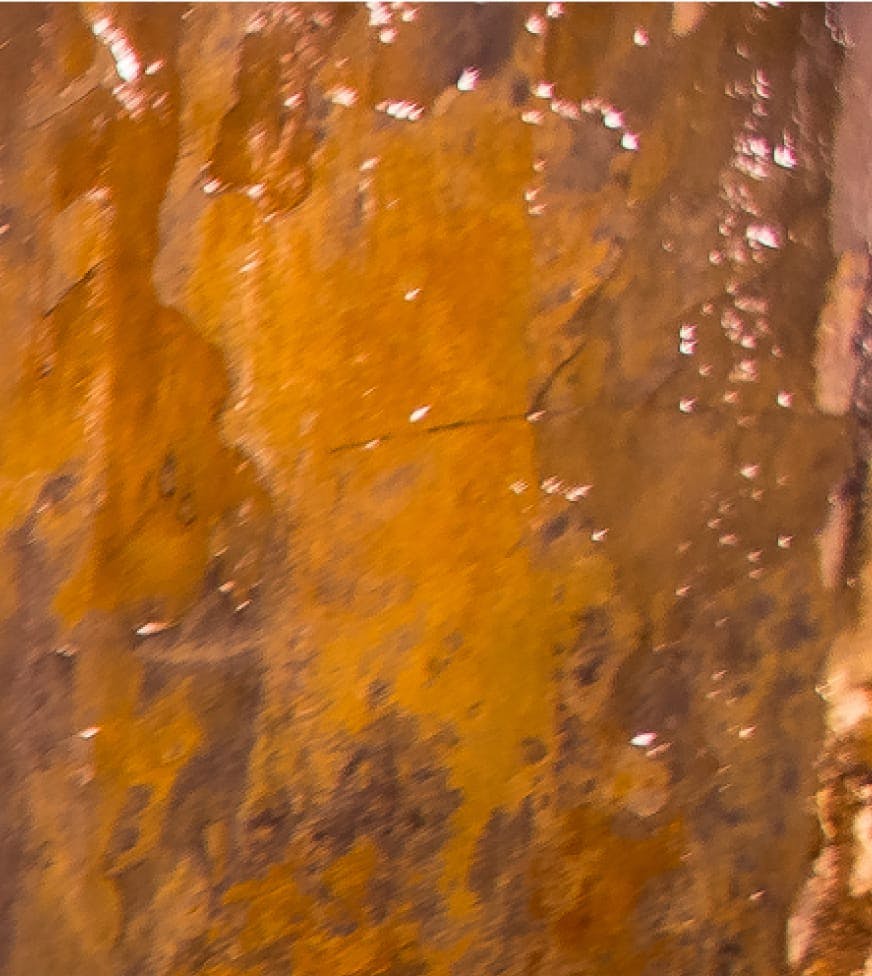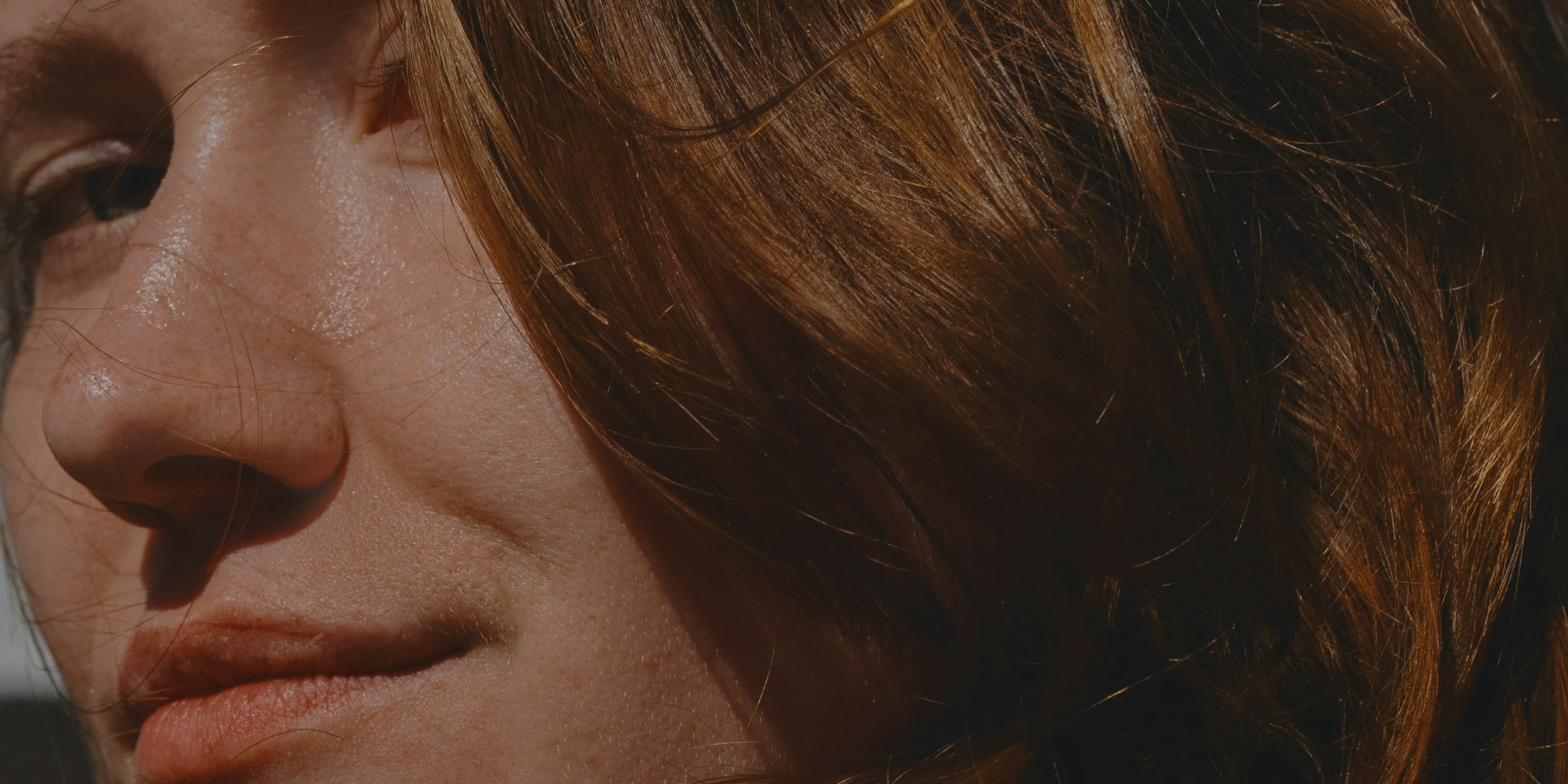Not all nose surgery is done solely for cosmetic purposes. When the nose doesn’t work as it should, a procedure may also be recommended to correct the internal structure to ensure easier breathing and better function.
What is the Septum?
The septum, composed of a combination of cartilage and bone, is the division between the nasal passages. In addition to creating separate nasal passages, the septum also determines the nose profile to some extent. If the septum is twisted or crooked, a condition known as a deviated septum, it can affect how your nose looks and functions.
Deviations to the septum can be present at birth or develop after an injury or trauma to the nose. You might also experience symptoms like snoring, difficulty breathing, or persistent congestion if you have a deviated septum. However, many patients with a deviated septum do not have any telltale signs and may not realize their septum is misaligned until they have an examination of the nasal cavity.










